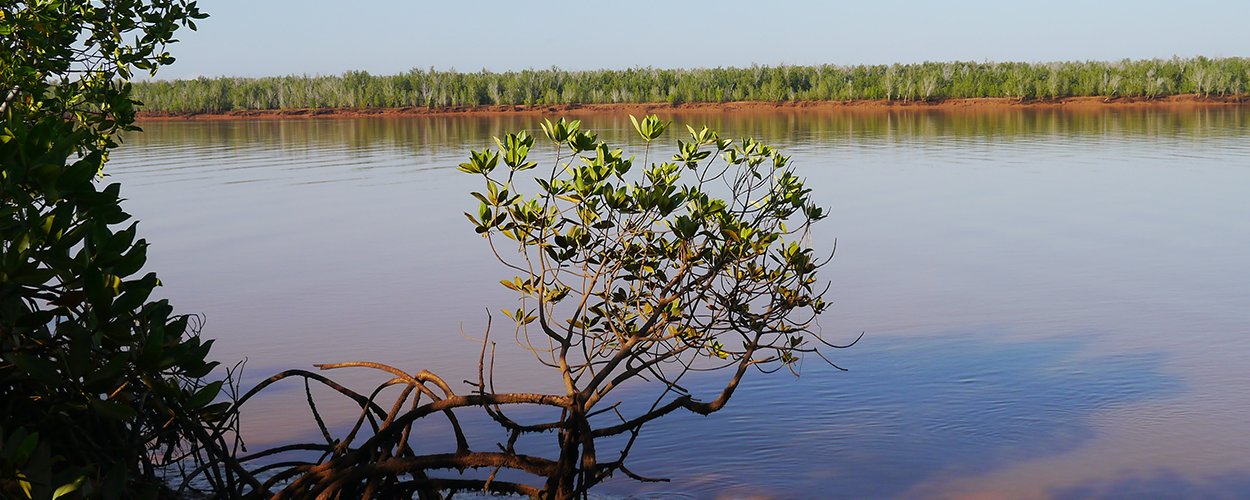Mangrove forests are found in almost 3/4 of the coastal areas of the intertropical region. Worldwide, they cover between 150 and 200,000 km², spread across 124 countries and territories.
Mangroves develop in the tidal zone and at the mouths of rivers. They form a complex, fragmented landscape, often criss-crossed by numerous drainage and river channels.
Mangroves have unique characteristics adapted to the constraints of the environment in which they grow. The different species have developed salt tolerance, complex root systems partly exposed to the air, early development and a high degree of resilience.
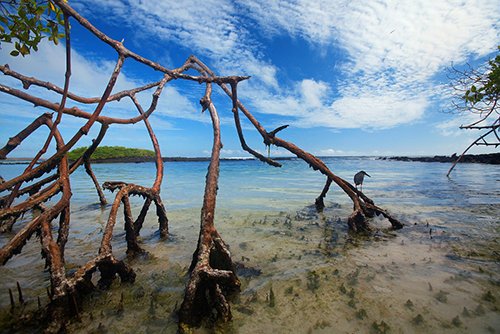
Mangroves are of great economic, heritage and environmental value to the populations that are increasingly concentrated along the coasts. The mangrove ecosystem provides a range of unique ecological services, the preservation of which is a major challenge.
Ecological functions
Nutrient cycle
Primary production
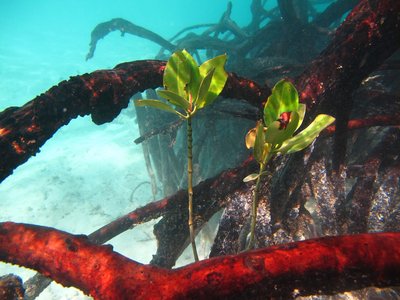
Carbon storage
3 to 5 times greater than that of forests
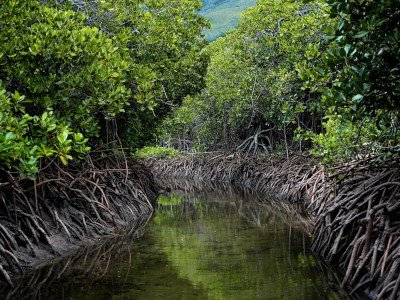
Habitat and nursery biodiversity
coastal flora and fauna
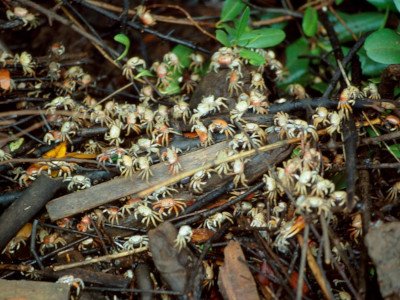
Socio-economic functions
Coastline protection
against extreme climate events
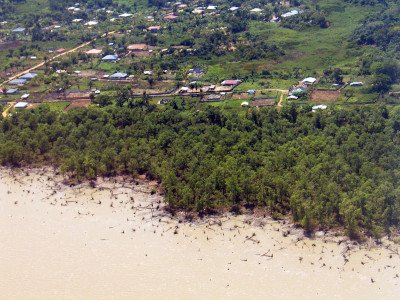
Extraction of livelyhood resources
(fish, wood, honey, salt...)
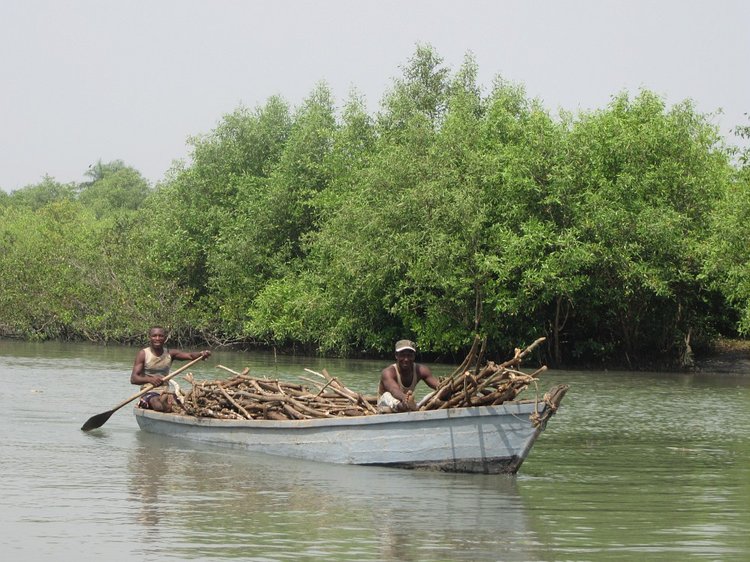
Eco-tourism
Discovering the environment in an environmentally-friendly way
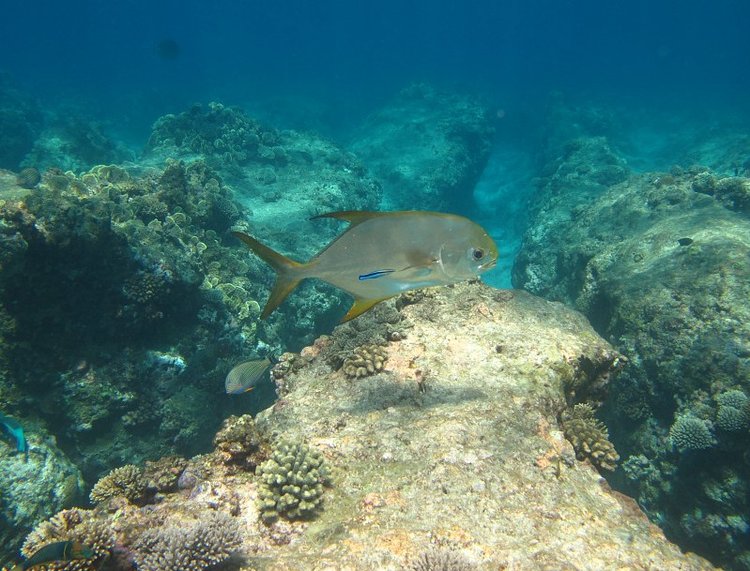
Mangroves are one of the most threatened ecosystems on Earth. Its surface area has shrunk by 30-50% over the last half-century, and a 25% reduction is estimated by 2025 (Ong and Gong, 2013).
The pressures on mangroves are linked to :
- Human activities
- conversion to aquaculture
- unsustainable logging
- urban development
- The impact of climate change
- rising sea levels
- rising temperatures
- changes in the frequency and intensity of precipitation
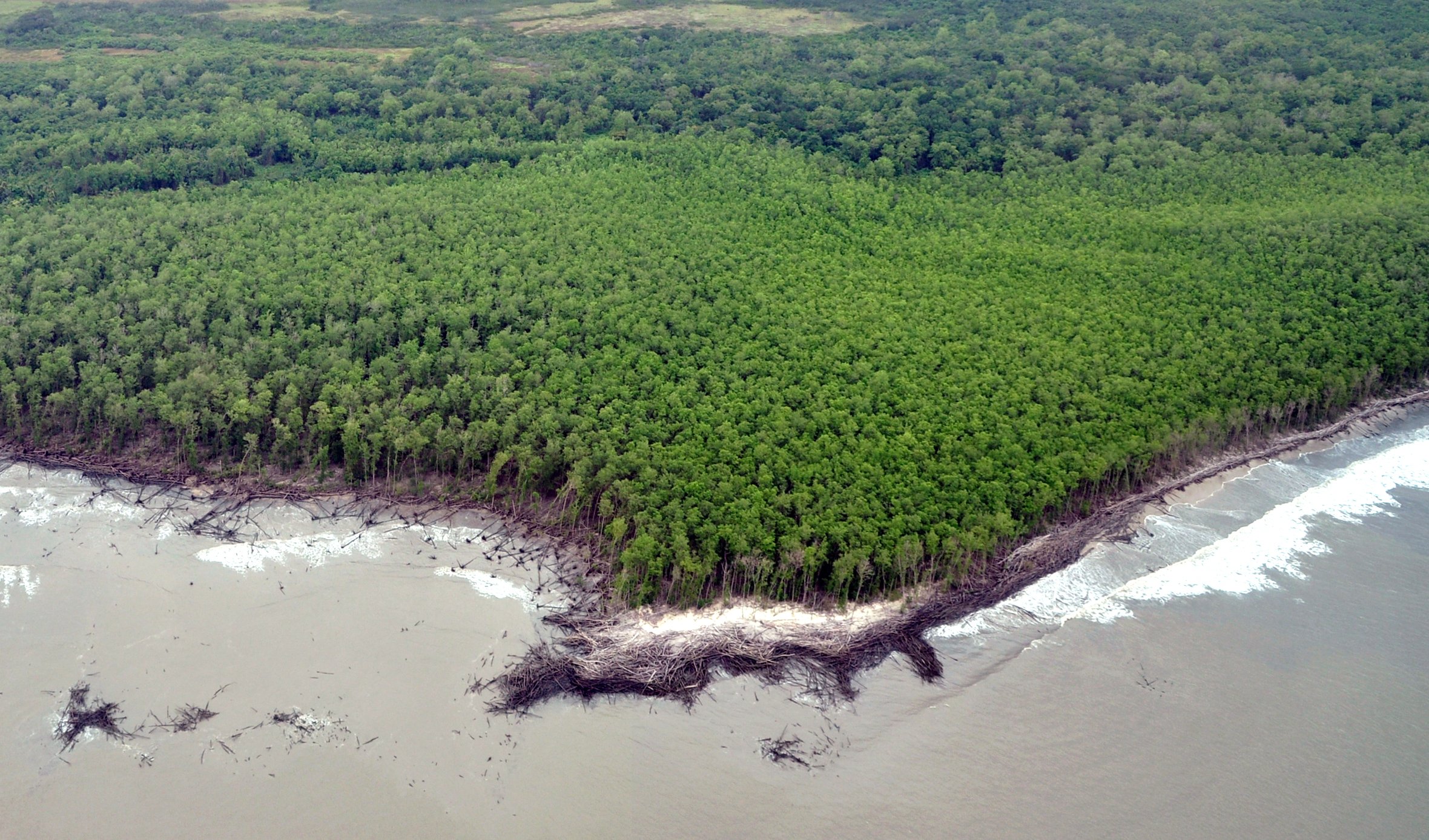
“Mangroves are superheroes a triple dividend of resilience, biodiversity gain and people. Protecting and conserving them is essential for achieving multiple goals and targets towards the 2050 vision for biodiversity They are our roots of hope it is time that their importance is widely recognized"
Minna Epps, Director of the IUCN Global Marine and Polar Programme
